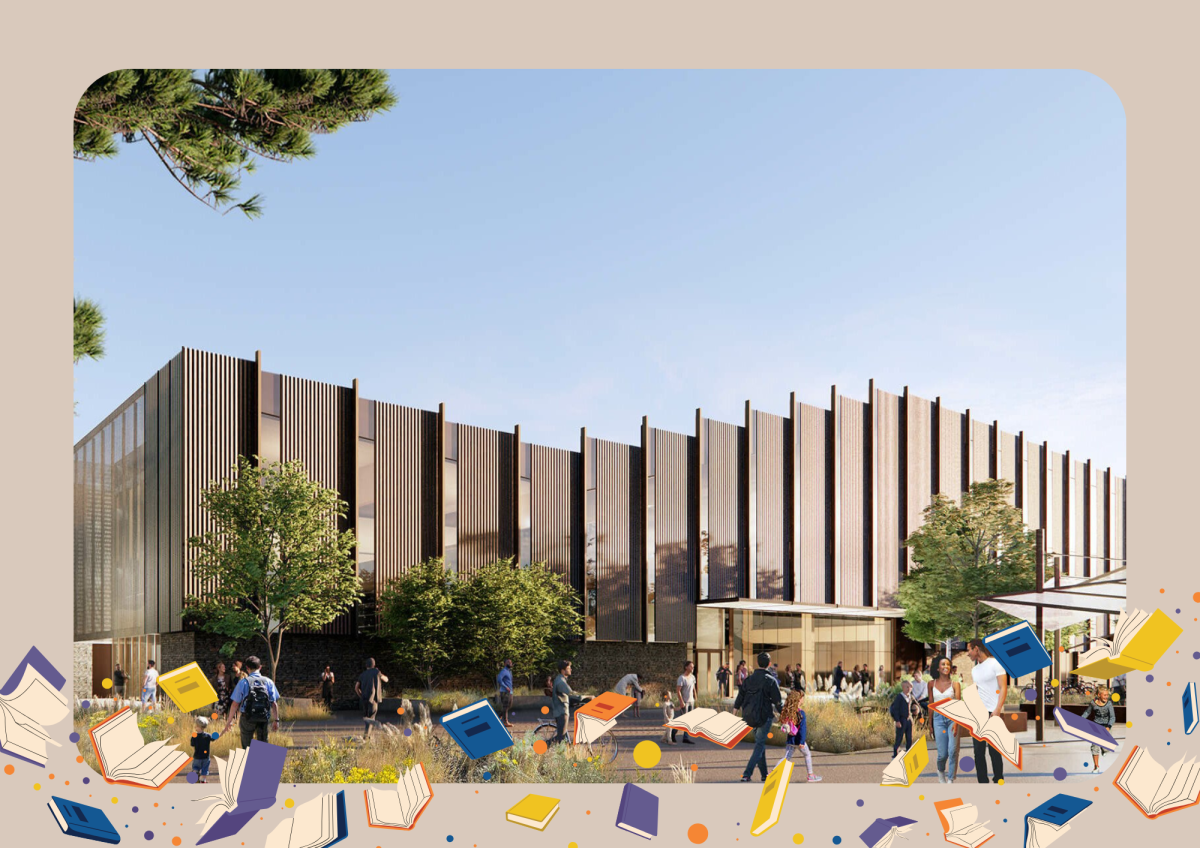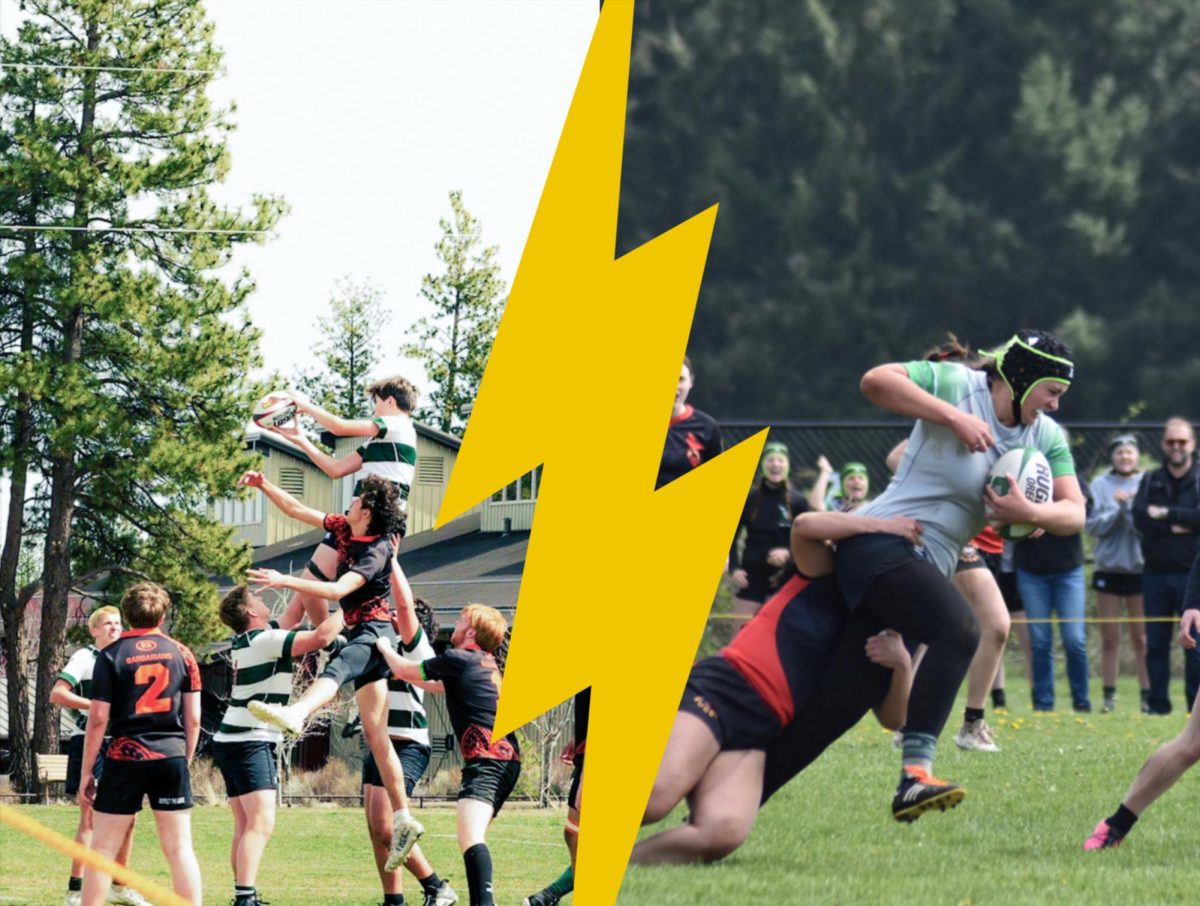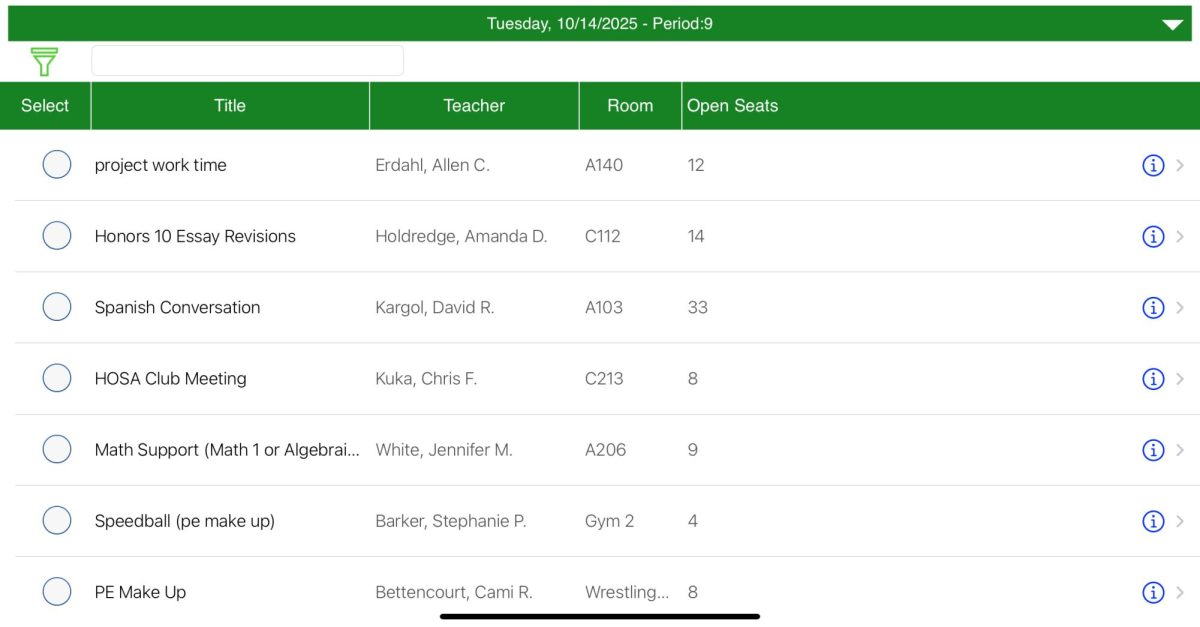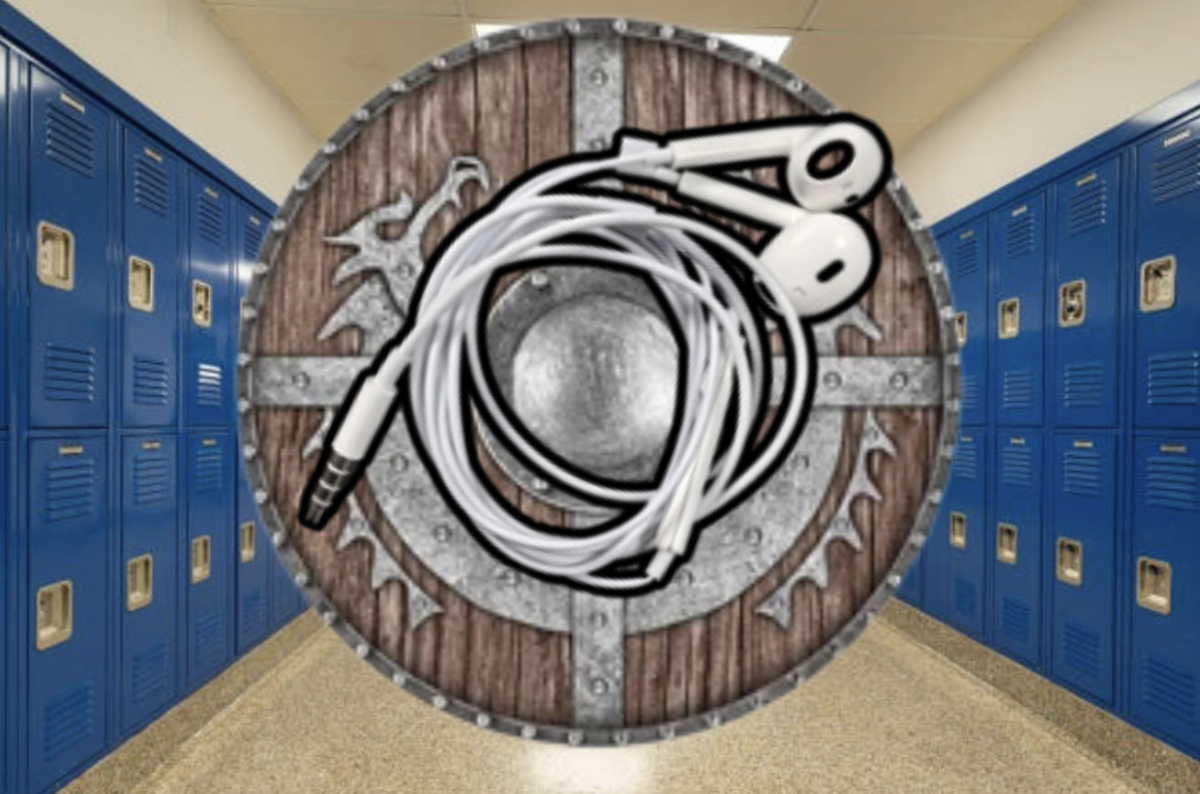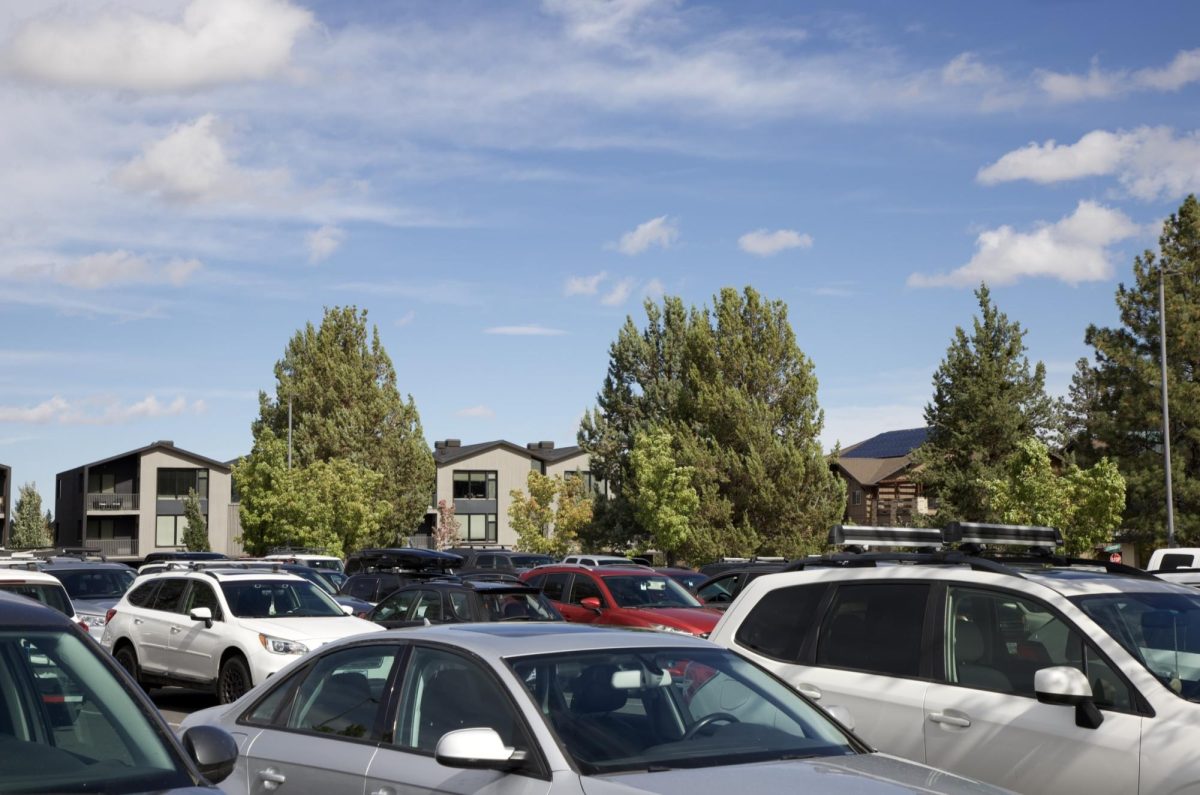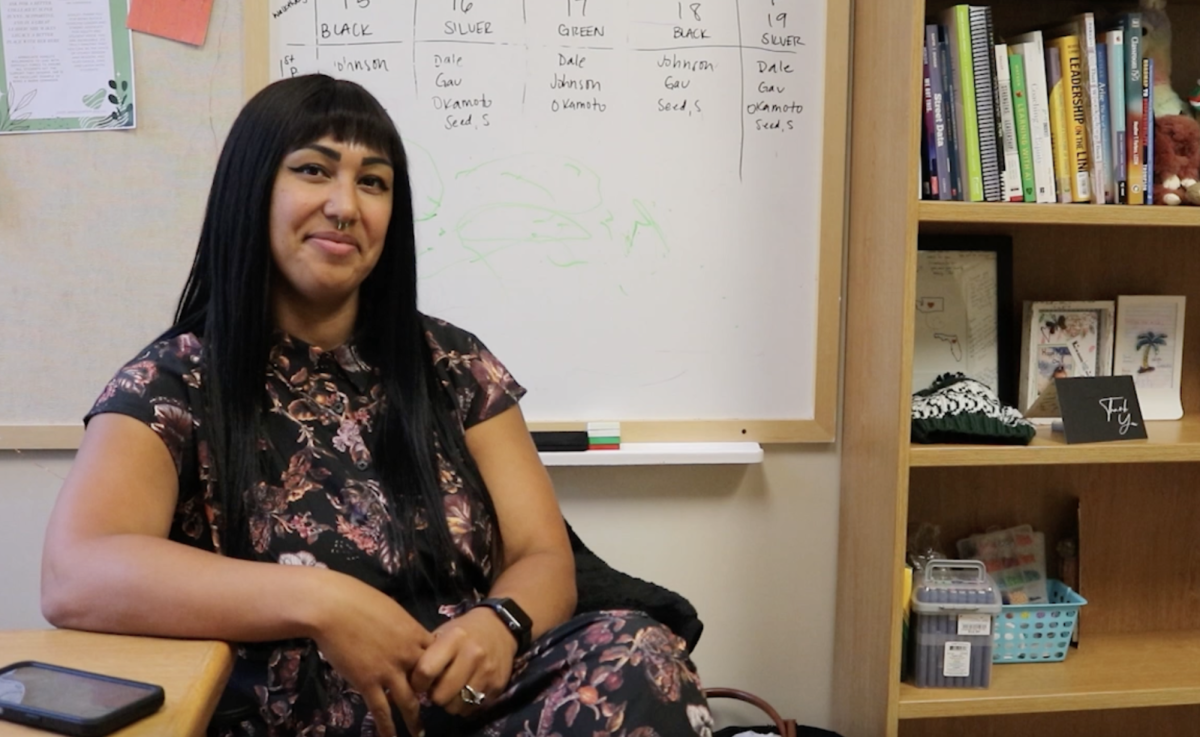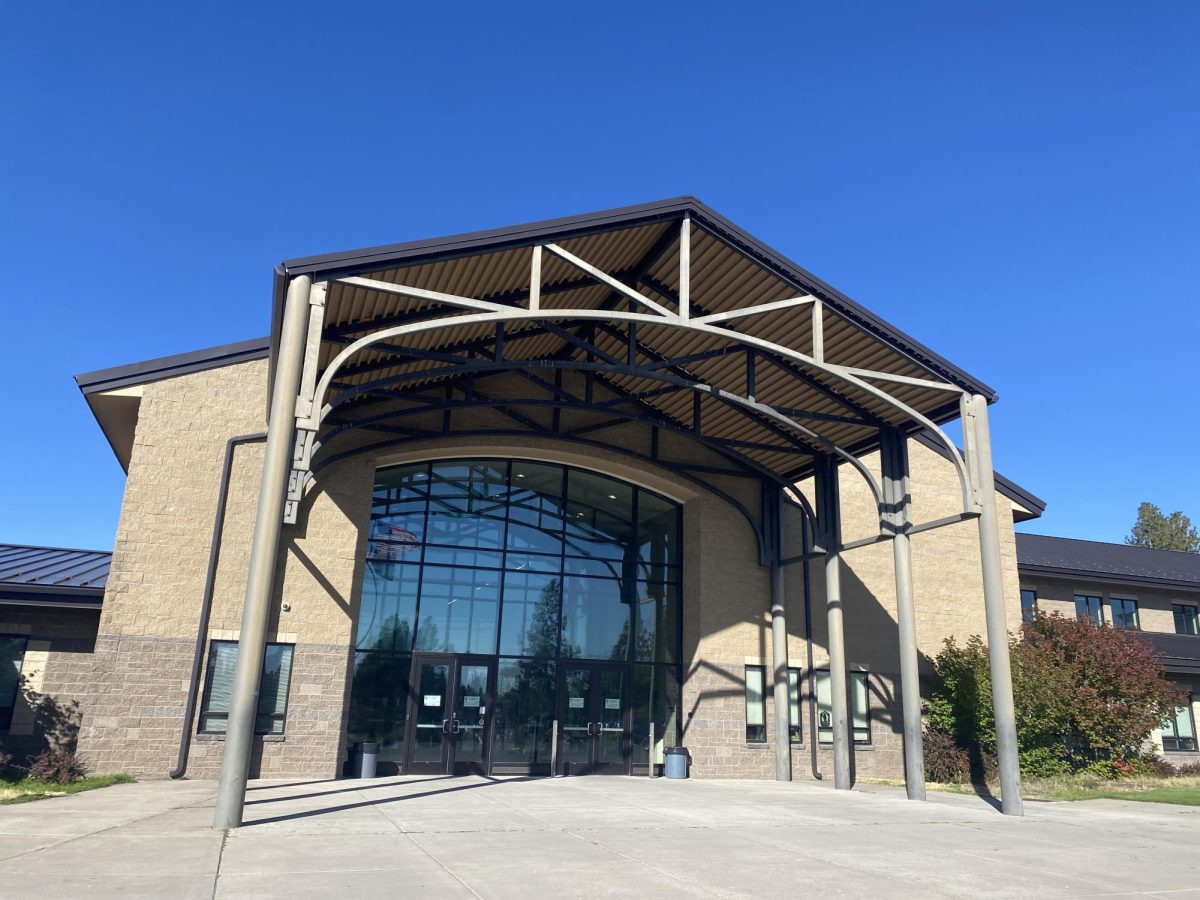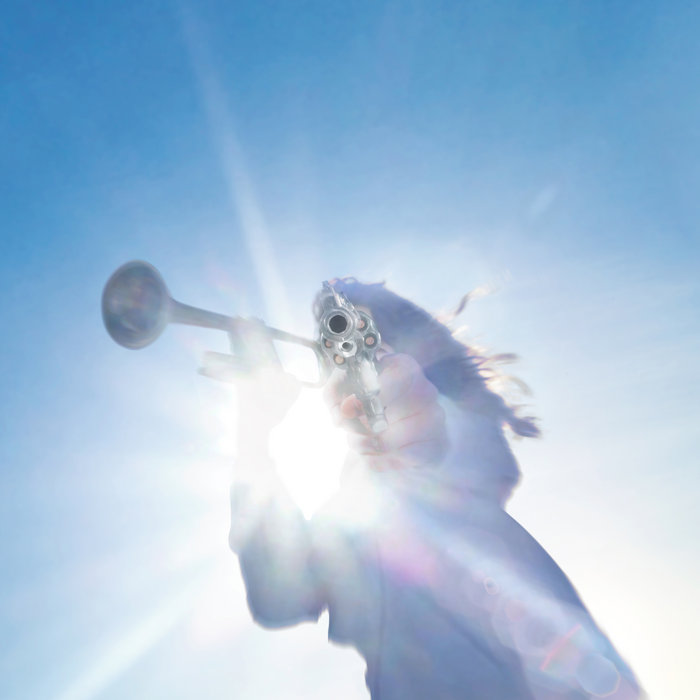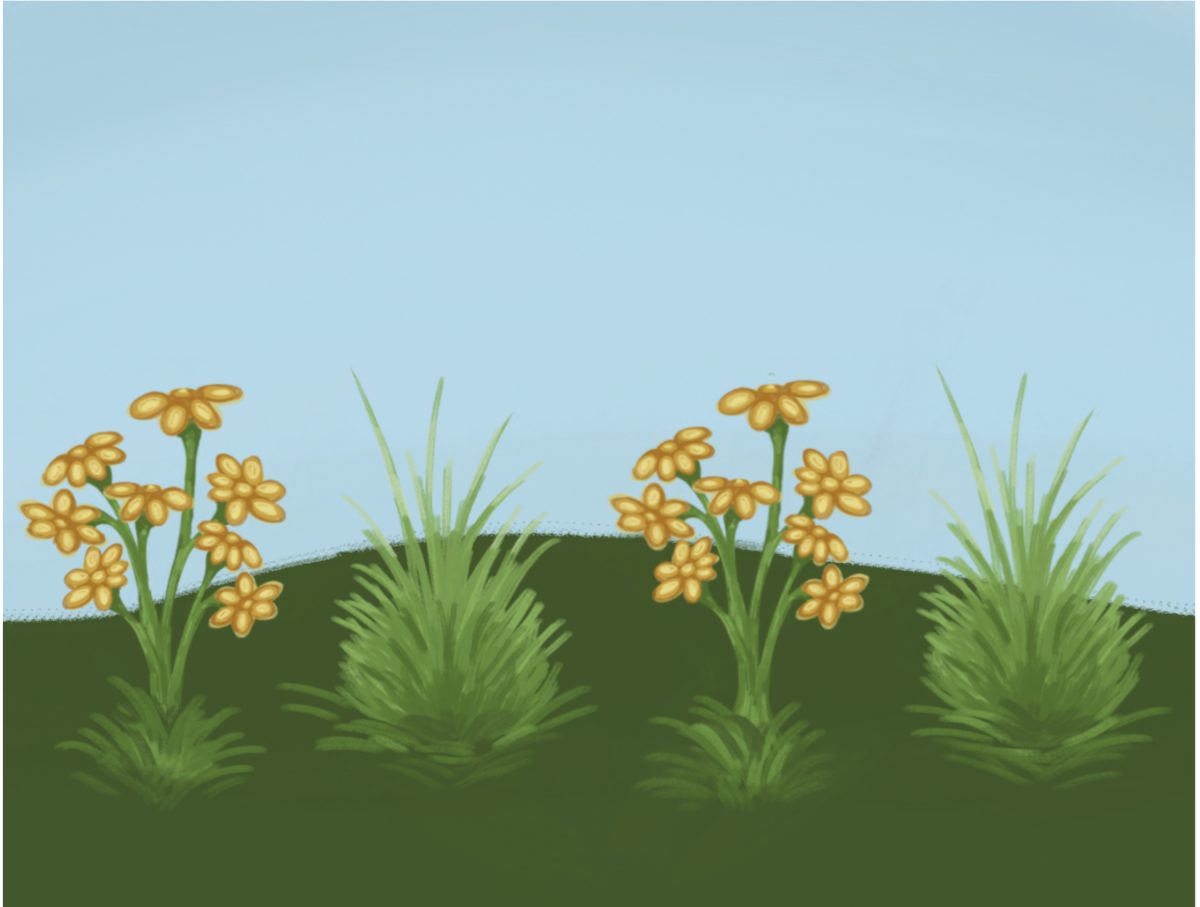Driving through the city of Bend, I tend to notice the lush roundabout landscaping, displaying colorful bushes with flowers—however, there’s a lack in our parks, and our very own yards.
Native plants are often featured in the roundabouts of Bend, but this isn’t usually the case for the rest of town. There are nearly 100 different types of native plants that can thrive in central Oregon, according to a list from Oregon State University. With so many options available to plant, how come people stick with traditional grass lawns?
“In places like Northwest Crossing, most yards aren’t particularly biodiverse, instead going for grass lawns and the typical suburban decorations,” said Campbell Thomas, a Summit sophomore who supports biodiversity and its benefits for local wildlife. “However, where people have clearly made an effort, the plant life around Bend is quite diverse.”
Many people want their lawn and overall home exterior to look clean and neat, but this leaves out the personality of a patchwork lawn with native species that bring in additional insects and the other animals, such as birds, who eat them. If the clean look is still preferred, then a lawn composed of native grass is a great alternative.
A biodiverse lawn is also an easy way to save water, especially in the summer when there are state-mandated cuts on amounts and days of watering. A traditional grass lawn requires much more water than native lawns, as native plants naturally thrive better in their environment and require less to stay alive. A bright green grass lawn may not be worth it or even achievable, but the natural infrastructure of a native lawn definitely is.
Restoring the environment in small steps such as these allow us to support the local wildlife and its environmental needs, such as birds being able to eat insects and seeds that are there because of the support given from native plants. By planting biodiverse lawns, people can promote a resilience to climate change by giving pollinators a variety of plants, providing habitats for local wildlife, creating thriving ecosystems, spreading pollination, vastly improving soil health and reducing the use of pesticides as native plants are often more resilient to disease.
“People around Bend can promote planting native plants effectively at public events, such as the upcoming Lee Farms sunflower festival and saturday markets,” said Maddie Brown, a Summit sophomore who enjoys nature.
While biology classes teach a bit about plants and their benefits, there’s always room for more education. Giving people chances to not only learn, but understand the nature around them will help our community’s overall care for the environment around them.
With sporadic temperatures and precipitation patterns affected from climate change, many plants have adapted to the new conditions. Planting new seeds of native plants in a yard or around the community can help these adapted plants thrive as well.
A study done from Southwestern University about the effects of planting the seeds of native species changed after one year at Copper Mountain Ski Resort in Colorado. They found that runoff had been reduced, soil health had improved overall and that it had helped the biodiversity of plants that were already adapted to the harsher conditions. The research collected in the summer of 2023 found that invasive species had decreased by nearly 30%.
Having local areas all over the community, whether it be a ski resort or a backyard, planting native seeds can be a great change to help keep our environment healthy.
Growing seeds of native plants will not only help the growth in your yard, but also that of your neighbors. Having invasive species decrease in number helps in keeping the natural habitat of Bend, Oregon.
Whether it be an eccentric garden for personality or a native grass to keep a more traditional look, a native yard has significant benefits for the world. It keeps the local wildlife healthy, makes the town brighter and ultimately makes a difference for helping the overall health of the earth.


